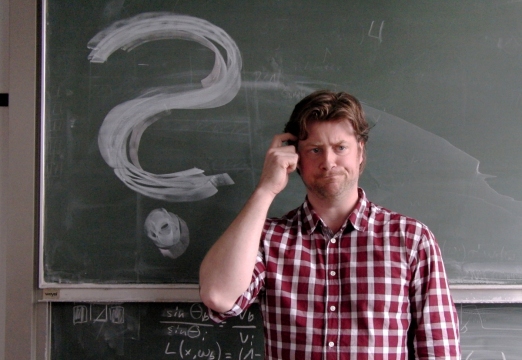Multimedia Signal Processing
Introduction and Organization
Thorsten Thormählen
April 15, 2024
Part 1, Chapter 1
Thorsten Thormählen
April 15, 2024
Part 1, Chapter 1
This is the print version of the slides.
Advance slides with the → key or
by clicking on the right border of the slide
Slides can also be advanced by clicking on the left or right border of the slide.

Please notify me by e-mail if you have questions, suggestions for improvement, or found typos: Contact